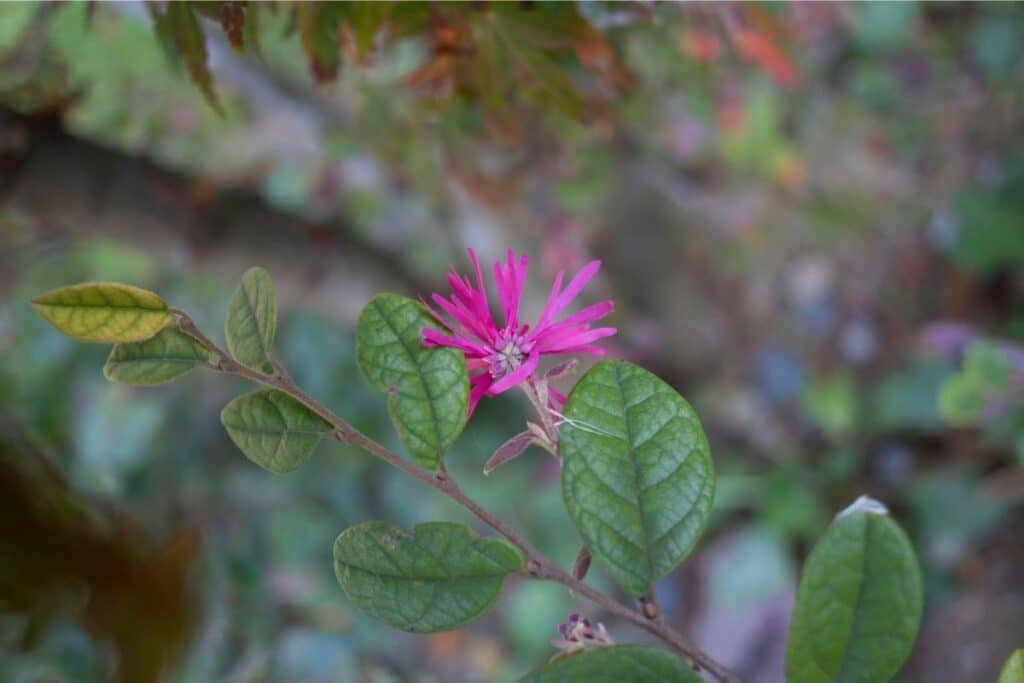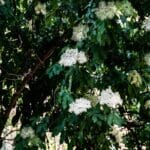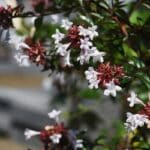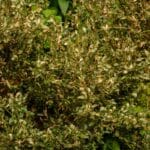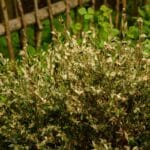Some plants are so versatile that they can adapt to almost any situation. Loropetalum is an easy-to-grow, evergreen shrub that comes in a huge variety of shapes and sizes.
The combination of beautiful foliage and flowers make this plant an excellent choice for warmer climates.
What Is A Loropetalum?
Loropetalum (pronounced lor-oh-PET-a-lum), also known as Chinese fringe flower or strap flower, is a dense evergreen shrub of the witch hazel family. This plant generally reaches heights of between 6 and 15 feet (1.8 to 5 m) and widths of 8 to 10 feet (2.5 to 3 m).
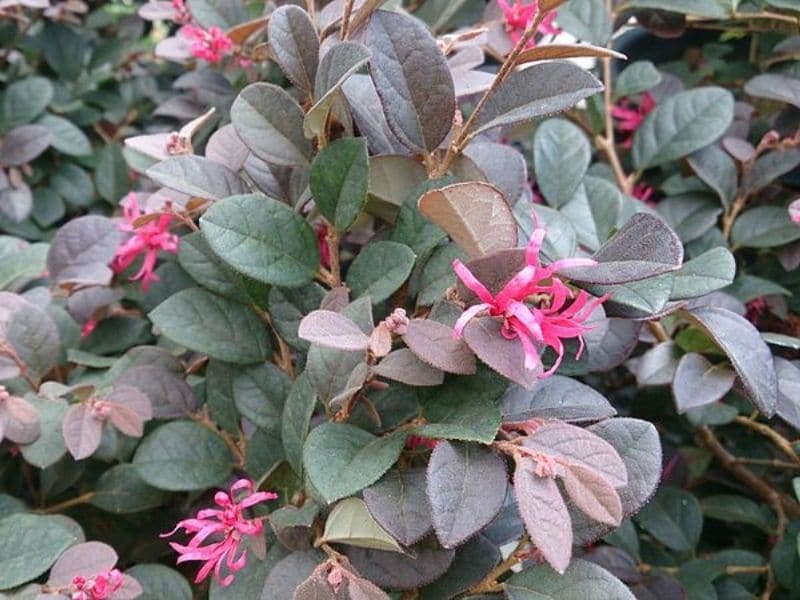
In the garden, this plant often takes the form of a tidy, compact shrub. Although if you have a hundred years or so to wait, Loropetalum plants may reach a rather impressive height of over 30 ft (10 m).
The simple alternately arranged leaves of Loropetalum have serrated margins and are 1 to 2 inches (2.5 to 5 cm) long by 1 inch (2.5 cm) wide. Loropetalum leaves are discolorous and may be green or red-purple.
Generally, the green-leaved varieties have white flowers, while the dark-leaved varieties have pink to red flowers, although there are green-leaved varieties with pink flowers.
The new growth of some varieties may start off red and mature to green, creating a plant with multicolored foliage.
These evergreen shrubs are native to Japan, China, and other parts of Asia, where it grows in forests and on sunny slopes.
This plant is attractive to pollinators but certainly not on the top of the list for foraging deer. It is, however, known to be non-toxic to pets and other animals, and it is, therefore, possible that deer may have a nibble in the event that nothing else is available.
Loropetalum Flowers
This Chinese fringe flower takes its common names from its dazzling flowers, each with four long, strap-shaped petals. The flowers occur in clusters of 3 to 16 on a short raceme from the leaf axils and tips of shoots. (1)
The pleasantly scented flowers of Loropetalum are on display towards the end of winter and early spring, although these plants may surprise you with the odd bloom throughout the warmer months. The flowers of this plant will last a few weeks.
These plants flower best if planted in a sunny position, although a few hours of afternoon shade produces the best results. These plants may not flower if planted in an area with insufficient sunlight.
Cultivars
A great variety of Loropetalum cultivars have been developed, each varying in size, shape, and color.
Green foliaged varieties of Chinese fringe flower are technically classified as Loropetalum chinensis var. chinensis, whereas deep purple foliage varieties are known as Loropetalum chinensis var. rubrum.
A few of the more popular types of Loropetalum are described below:
Green Foliaged Cultivars
Emerald Snow
‘Emerald snow’ is a dwarf cultivar of Loropetalum, reaching a height of around 2 to 3ft (0.6 to 0.9 m) and a width of around 3 to 4ft (0.9 to 1.2 m).
These plants produce dazzling white flowers and deep green leaves. This is a great option for low hedges and borders as it does not require frequent pruning to maintain a suitable height.
Carolina Moonlight
‘Carolina Moonlight’ is known for it’s very small, thick, olive-green leaves. This cultivar produces a mass of cream-white flowers and grows to around 6ft (1.8 m) tall and wide.
Snow Muffin
‘Snow muffin’ is a larger multi-stemmed Loropetalum cultivar, with green leaves and white flowers, which reaches a height of 8ft (2.4 m). This makes an excellent specimen in a large container.
Purple Foliaged Cultivars
Purple Pixie
‘Purple Pixie’ is a dwarf Loropetalum cultivar with stunning dark purple foliage and vibrant pink flowers. This plant makes an ideal ground cover or small container plant, growing to just 2ft (0.6 m) in height and spreading to 5ft (1.5 m).
Crimson Fire
‘Crimson fire’ is another small Loropetalum cultivar reaching about 4ft (1.2 m) tall by 5ft (1.5 m) wide. This is a neat, compact shrub which makes a great container plant or can be used to create a bold hedge or border.
Sparkling Sangria
‘Sparkling Sangria’ is a medium to large cultivar of the Chinese fringe flower. These plants, which reach a height and width of around 10ft (3 m), have a rounded, bushy shape and are famed for their dark reddish purple leaves and deep red flowers.
Zhuzhou Fuchsia
‘Zhuzhou Fuchsia’ is a large, upright Loropetalum cultivar with ascending branches. These pink-flowered plants have dark, maroon to blackish leaves and reach heights and widths of up to 12ft (3.6 m). This relatively cold-hardy cultivar can be grown as a striking small tree.
How To Grow Loropetalum
This fast-growing shrub can be grown in USDA hardiness zones 7 to 10. This is, however, a plant of warmer regions, hence its increasing popularity in the southern states. Loropetalum may shed leaves to be semi-evergreen in zone 7.
The fastest way to grow a Loropetalum, apart from buying a potted specimen, is to grow this plant from cuttings. New growth cuttings, taken in Spring, of around 6 inches (15 cm) in length root well.
For best results, remove the leaves from the bottom of your cuttings, leaving only a few towards the tip. Dip your cuttings in a root hormone powder and set in a container of a medium consisting of 50 percent peat moss and 50 percent sand, vermiculite, or perlite.
Roots should develop within a few weeks if the cuttings are kept moist and warm and your new plants can be planted out the following spring.
Grow this plant in a moist, well-drained soil that is rich and, preferably, of an acidic to neutral pH. Many have grown this plant without problems in a slightly alkaline soil, so don’t despair if this is what you have.
Mulching around the base of your plant with an organic material such as wood chips, straw, or compost will improve the soil’s moisture-retaining abilities and suppress weeds that might compete with your plant for water and nutrients.
Care and Maintenance
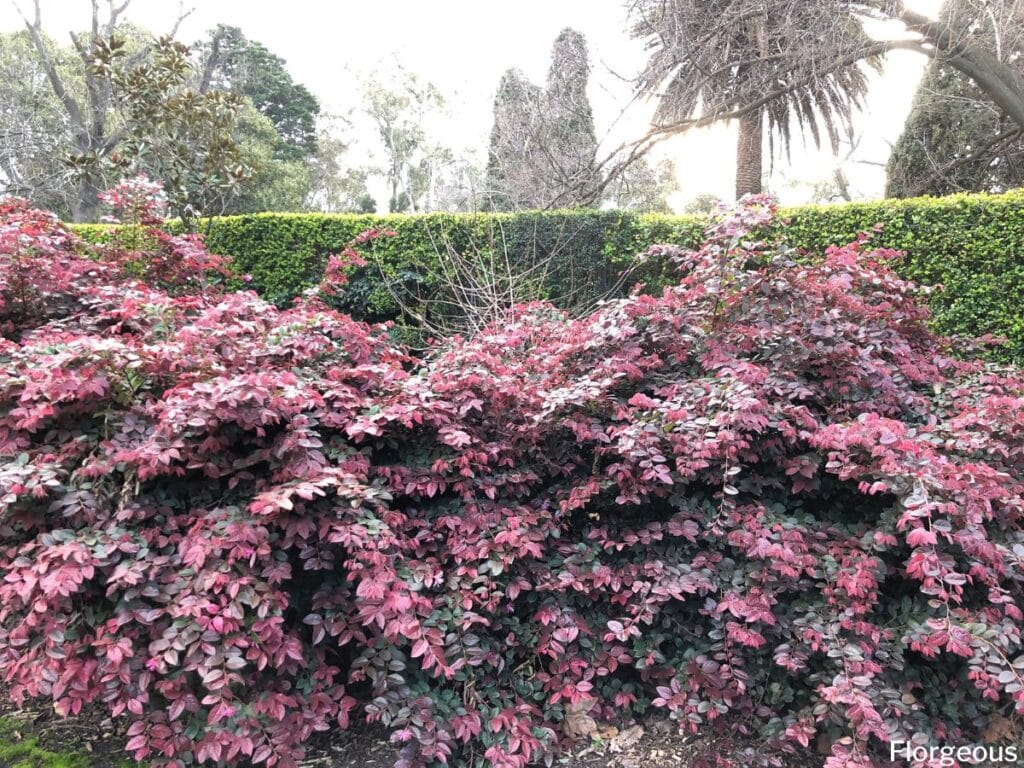
Loropetalum is a low maintenance, easy plant to grow, and is great for the beginner gardener. These plants can withstand severe pruning, although they flower best when left to grow into their natural form.
If you wish to prune this loropetalum shrubs, it is best to do so in spring, after the plant has flowered.
Careful manual pruning is recommended as the real charm of this plant is in its naturally graceful shape.
Chinese fringe flowers are known to be drought tolerant, and it is not necessary to water established plants on a regular basis, except during unusually dry and hot conditions.
One should not over-water this shrub as it definitely does not enjoy ‘wet feet’ or marshy conditions. If in doubt, feel the soil to determine whether it is moist enough for your Loropetalum.
Check your soil moisture by simply pushing an implement such as a hand trowel or wooden dowel into the soil. After pushing the implement a few inches into the soil, it should have some soil stuck to it once removed, indicating that it is sufficiently moist.
Young and newly planted or transplanted Loropetalum plants should be watered more frequently until established. Remember, it is best not to plant or move plants during very hot, cold, or windy weather as this places a whole lot more pressure on an already stressful situation for your plant.
If planted in appropriate soil, this plant should not require additional fertilizer, although a slow-release general purpose fertilizer will be appreciated if applied in Spring.
For best results, always remember to follow the instructions applicable to the fertilizer you have.
When selecting Loropetalum companion plants, it’s important to consider the growing conditions of your Loropetalum in terms of sunlight exposure, soil type, and moisture levels.
Pests and Diseases
Loropetalum is largely pest- and disease-resistant, although a few conditions have been known to occur in the species. Researchers from the Institute of Food and Agricultural Sciences (IFAS) at the University of Florida have identified the three conditions described below as the most prevalent. (2)
A copper deficiency in a Loropetalum plant may be identified by stunted, dry, and crumbly new growth and is most often observed in the “Ruby’ variety. The situation may be remedied with the use of a copper fertilizer or foliar spray.
Pseudocercospora is an uncommon leaf disease that is characterized by the appearance of dull purple leaf spots. The use of fungicides containing myclobutanil, thiophanate-methyl, or chlorothalonil may be effective if treatment is started early.
Olive gall is a condition caused by the bacterium, Pseudomonas savastanoi. This is a rather serious condition in that once infected, there is no available treatment to kill off the bacteria.
Thus, it is best to carefully inspect plants for galls before buying and disinfect cutting equipment when moving between plants to avoid spreading the infection.
Uses
Loropetalum is a really versatile plant and, with all cultivars available, there are all sorts of possible applications for this species in the garden and elsewhere.
Chinese fringe flower makes an attractive and eye-catching border plant. In a mixed border, darker leaf forms will contrast beautifully with other plants with green foliage.
These plants can be grown into a stunning small tree if pruned correctly to encourage a single-stemmed form.
Compact and spreading cultivars work well as foundation plantings. Loropetalum plants do well as specimen plants in containers and can even be grown as beautiful bonsais.
FAQs
Is Loropetalum low maintenance?
Loropetalum is generally considered a low-maintenance plant, requiring minimal care once established. Regular pruning can help maintain its shape and promote flowering.
What fertilizer is best for Loropetalum?
A balanced, slow release fertilizer with equal parts of nitrogen, phosphorus, and potassium is suitable for Loropetalum. Apply the fertilizer in spring and early summer to support healthy growth and flowering.
What are the conditions for Loropetalum?
Loropetalum prefers well draining soil and thrives in partial shade to full sun. It can tolerate a range of soil types but benefits from consistent moisture. Mulching around the base helps retain soil moisture.
How do you thicken loropetalum?
To thicken Loropetalum and encourage bushier growth, prune the tips of the branches regularly. This promotes lateral branching and a denser, more compact form.
Why is my loropetalum not purple?
The color of Loropetalum foliage may be affected by factors such as sunlight, soil pH, and variety. If the plant is not displaying its characteristic purple color, consider ensuring it receives sufficient sunlight, checking soil pH (slightly acidic is preferred), and selecting varieties known for their purple foliage. Additionally, stress factors or nutrient deficiencies could impact leaf color.
Conclusion
Loropetalum is a gem of an evergreen shrub. Its versatility, ease of maintenance, and stunning good looks make this a plant for almost any garden.
For more types of shrubs to grow, check our page https://florgeous.com/types-of-shrubs/
References
Reference List:
(1) eFloras (2008). Missouri Botanical Garden, St. Louis, MO & Harvard University Herbaria, Cambridge, MA. Retrieved at http://www.efloras.org/florataxon.aspx?flora_id=2&taxon_id=200010559
(2) J. Popenoe, C., R. Warwick & J. Chen. Key Plant, Key Pests: Chinese Fringe (Loropetalum chinense). Retrieved at https://edis.ifas.ufl.edu/ep562
Close
*image by CanerCiftci/depositphotos

